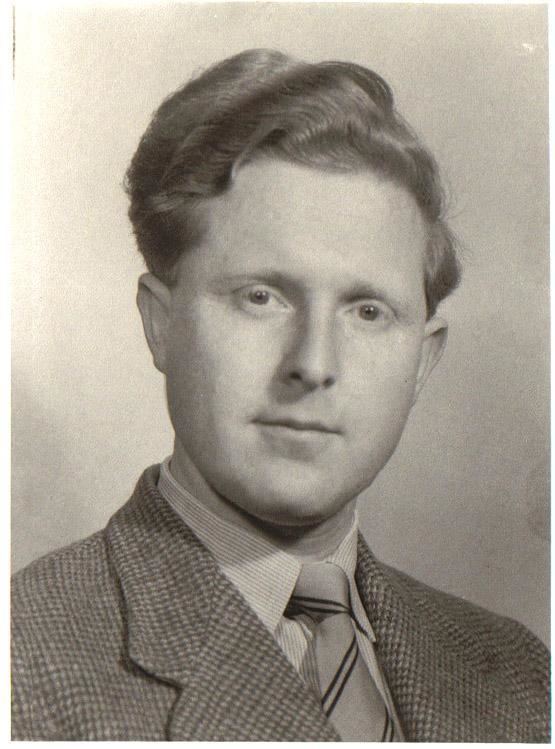Residence London, United Kingdom Name Raymond Gosling Nationality British Role Scientist | Died May 18, 2015 | |
 | ||
Born 15 July 1926Wembley, London, England, UK ( 1926-07-15 ) Alma mater King's College LondonUniversity College London Education | ||
Raymond George Gosling (15 July 1926 – 18 May 2015) was a British scientist who deduced the structure of DNA with Maurice Wilkins and Rosalind Franklin at King's College, London.
Contents

Early years
He was born in 1926 and attended school in Wembley. He studied physics at University College London from 1944 to 1947 and became a hospital physicist at the King’s Fund and Middlesex Hospital between 1947 and 1949 before joining King's College London as a research student where he eventually received his PhD.
Work at King's College London and DNA
At King's College London, Gosling worked on X-ray diffraction with Maurice Wilkins, analyzing samples of DNA which they prepared by hydrating and drawing out into thin filaments and photographing in a hydrogen atmosphere.
Gosling was then assigned to Rosalind Franklin when she joined King's College in 1951. They worked under the direction of Sir John Randall. Together they produced the first X-ray diffraction photographs of the "form B" paracrystalline arrays of highly hydrated DNA. She was his academic supervisor. During the next two years, the pair worked closely together to perfect the technique of x-ray diffraction photography of DNA and obtained at the time the sharpest diffraction images of DNA. Gosling made the X-ray diffraction image of DNA known as Photograph 51. This work led directly to the 1962 Nobel Prize for Physiology or Medicine being awarded to Francis Crick, James D. Watson and Maurice Wilkins. Gosling was the co-author with Franklin of one of the three DNA double helix papers published in Nature in April 1953.
His other King's colleagues included Alex Stokes and Herbert Wilson.
Gosling briefly remained at King's College following the completion of his thesis in 1954 before lecturing in physics at Queen’s College, University of St Andrews, and at the University of the West Indies.
Work at Guy's Hospital
He returned to the UK in 1967 and became Lecturer and Reader at Guy's Hospital Medical School, and Professor and Emeritus Professor in Physics Applied to Medicine from 1984. Here he helped develop the underlying basic medical science and technology for haemodynamic doppler ultrasound vascular assessment in the Non Invasive Angiology Group, and set up the clinical Ultrasonic Angiology Unit.
Gosling served on numerous committees of the University of London, notably relating to radiological science, and retained an active professional involvement in medical physics almost to the end of his life.
Personal background
Gosling was married to his wife Mary; they had four sons, the eldest of whom is the furniture designer Tim Gosling and his second son is Jonathan Gosling, a stockbroker. Raymond Gosling died at the age of 88 on 18 May 2015.
